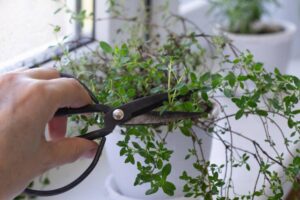The Interior Blog
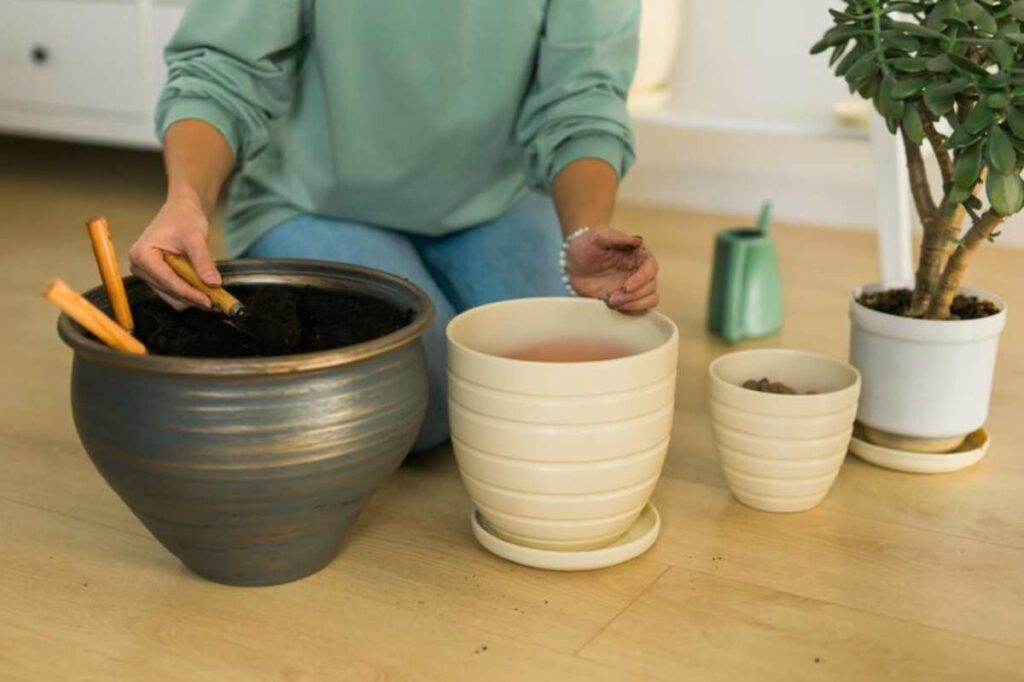
Choosing the Right Pot Size and Shape for Décor Impact
You’ve picked the perfect plant. Maybe it’s a striking fiddle leaf fig or a forgiving snake plant. But something still feels off when you place it in your living room. That “wow” factor? It’s missing.
Chances are, it’s the pot.
Often overlooked, the pot size and shape can dramatically change how your plant looks and fits into your space. It’s not just about holding soil. The right planter is a key styling element — one that can either elevate your greenery or leave it looking awkward and out of place.
In this guide, we’ll explore how to choose the ideal pot size and shape for both plant health and visual harmony. You’ll walk away with practical, stylish, and beginner-friendly tips for turning your greenery into genuine décor highlights.
Why pot size and shape matter more than you think
Let’s break this down.
Function first: your plant’s wellbeing
- Too small: The plant becomes root-bound, limiting growth
- Too big: Excess soil holds water, risking root rot
- Wrong shape: Poor drainage or instability
A healthy plant is a happy plant — and styling begins with vitality.
Then, form: the aesthetic angle
- Proportion: A well-sized pot balances your plant’s size and room scale
- Visual flow: Shapes guide the eye and create movement or stability
- Styling cohesion: Pots tie in with room themes — rustic, modern, boho, or minimalist
When function and form align, your plant doesn’t just sit in your room — it belongs there.
Understanding pot size: not just about diameter
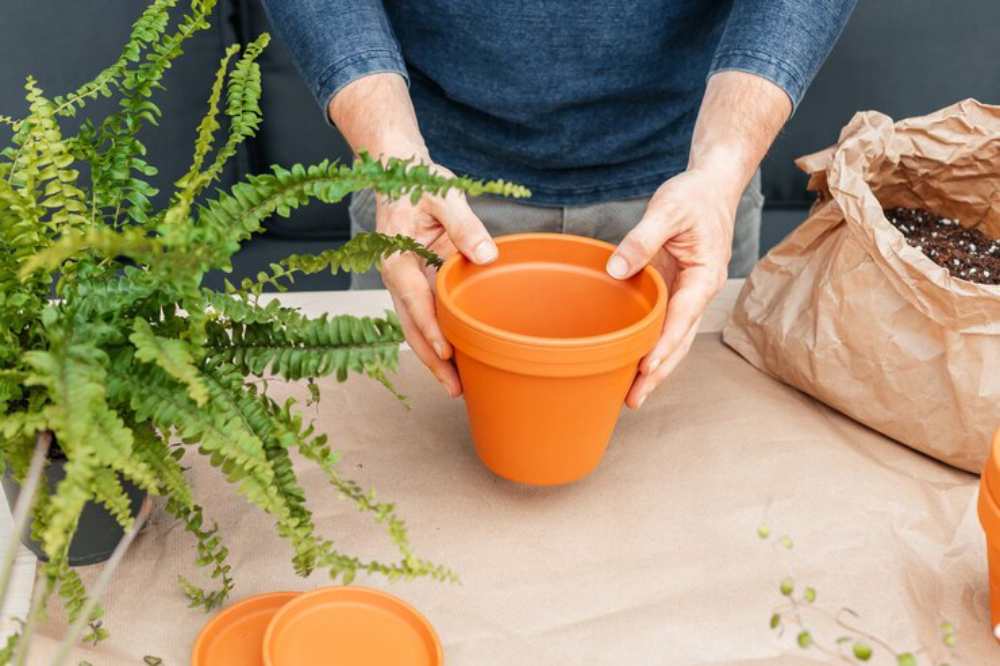
What does “pot size” really mean?
Pot size typically refers to the diameter of the top opening, measured in centimetres.
But it also involves:
- Depth
- Volume
- Proportionality to your plant’s root ball
As a general rule, choose a pot that’s 2–5cm wider than your plant’s current nursery pot.
Signs your plant needs a size upgrade:
- Roots circling the surface or poking through drainage holes
- Water draining too quickly
- Plant tipping over easily
- Slower growth despite healthy conditions
If you’ve ticked off more than one of these, it’s time to repot.
Choosing the right pot shape: design with purpose
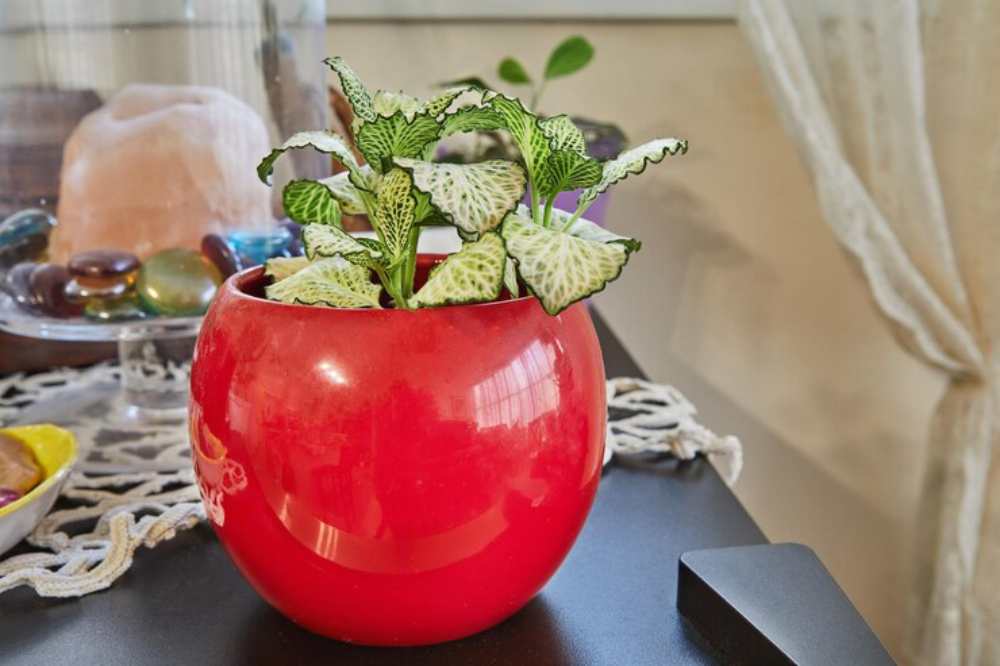
The shape of your pot not only affects how your plant grows but also how it looks within a space. Let’s explore the most common shapes and when to use them.
1. Round pots
Visual effect: Soft, versatile, and calming
Best for: Bushy or arching plants like peace lilies, calatheas, and philodendrons
Styling tip: Pairs beautifully with natural materials like wood or woven baskets
2. Tall or cylinder pots
Visual effect: Creates height and elegance
Best for: Upright plants like snake plants, rubber plants, or small trees
Styling tip: Use to frame furniture edges or corners that need vertical interest
3. Square or angular pots
Visual effect: Structured and modern
Best for: Minimalist interiors or architectural plants like ZZ or cast iron
Styling tip: Ideal for aligning with geometric furniture
4. Shallow bowls
Visual effect: Grounding and artistic
Best for: Succulents, cacti, or group arrangements
Styling tip: Place as a centrepiece on coffee or dining tables
5. Hanging or wall-mounted planters
Visual effect: Airy and vertical
Best for: Trailing plants like pothos or string of pearls
Styling tip: Excellent for small spaces or to break up empty walls
Want more vertical flair? Try styling floating shelves with indoor plants to showcase your planters at varying heights.
Potting material: more than just a look
The material of your planter also influences both style and care:
Terracotta
- Breathable: Allows air exchange
- Rustic and earthy
- Dries out quickly — great for succulents and cacti
Ceramic (glazed)
- Stylish and colourful
- Holds moisture well
- Heavier — good for tall plants needing stability
Plastic
- Lightweight and versatile
- Affordable for beginners
- May need extra drainage care
Metal
- Sleek and modern
- Not breathable — use as cover pots
- Conducts heat — not ideal for hot spots
Cement or concrete
- Industrial-chic aesthetic
- Sturdy and grounded
- Can be porous — seal if using directly
Always check for drainage holes, or use a nursery pot inside a decorative one to manage water flow safely.
Styling tips: make your planter part of the room’s design
Match your planter to your room’s style
- Scandi: Matte ceramics in white, grey, or muted tones
- Boho: Woven baskets, colourful ceramics, mixed shapes
- Modern: Angular pots, black or metallic finishes
- Industrial: Concrete, cement, or minimal metal planters
Use plant stands and risers
Adding height not only improves visual balance but also protects floors and makes cleaning easier.
Mixing short and tall plants? Use risers or stack books to create pleasing tiers without overcrowding.
Repetition is power
For open spaces or long consoles, using similar pots in a line (even with different plants) creates cohesion and flow.
Texture matters
Don’t just focus on colour — mix glossy, matte, rough, and woven surfaces for tactile and visual interest.
Common beginner mistakes (and how to avoid them)
1. Choosing a pot that’s too large. The extra soil retains water, which can rot your plant’s roots. Go up one size at a time unless you’re dividing a plant.
2. Ignoring drainage. Always ensure your pot has a drainage hole or use a nursery pot inside a decorative one.
3. Mismatched proportions. A tiny plant in a massive pot or a top-heavy plant in a shallow bowl throws off the room’s balance and can harm the plant’s health.
4. Style over substance. It’s easy to fall in love with a stunning planter, but make sure it suits your plant’s light, water, and space needs.
5. Using the wrong material indoors, Porous pots in humid spaces (like bathrooms) may encourage mould. Likewise, avoid metal in direct sun — it heats up fast.
Room-by-room: planter styling guide
Living Room
- Use tall statement pots for corners
- Cluster 3–5 medium pots of varying shapes near bookshelves
- Use texture-rich planters to soften modern lines
Bedroom
- Use round ceramic pots on bedside tables
- Place calming plants like snake or peace lilies in mid-size planters
- Consider hanging planters in corners for a cosy touch
Bathroom
- Go for moisture-tolerant plants in plastic or glazed ceramic
- Wall-mounted or shelf planters work well in tight spaces
- Avoid porous materials that absorb steam
Kitchen
- Herb planters or small succulents on windowsills
- Use stoneware or metal pots for a clean, utilitarian look
- Try grouped planters in trays for easy moving when cleaning
Conclusion: small pot, big style impact
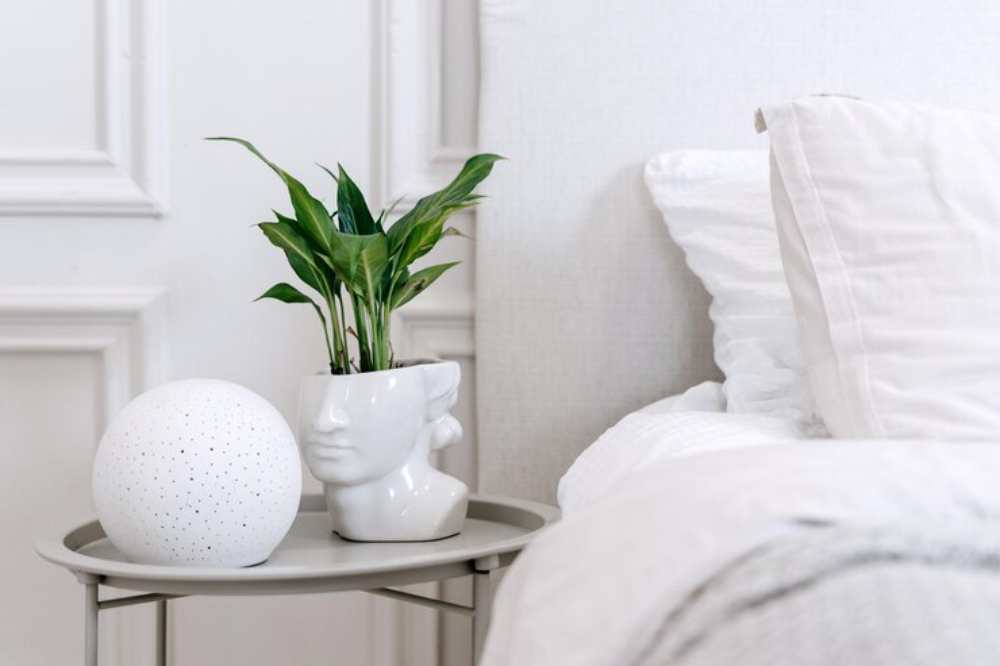
It’s easy to think of planters as a side detail. But as you’ve seen, choosing the right pot size and shape can completely transform your space — and your plant’s health. The best styling happens when functionality and beauty meet.
With a few smart choices, your indoor plants will feel intentional, not accidental. Whether you’re dressing up a corner, balancing a shelf, or simply giving your plant the space it deserves to thrive, it all begins with the pot.
Ready to give your greenery a stylish new home? Explore your options, try a few combinations, and let your space evolve. Share your styled plant corners or your favourite planters with us — and inspire someone else to go green with confidence.
When styling several plants together, use different pot sizes to create height variation and visual layering — a key element in creating visual balance with plants.





